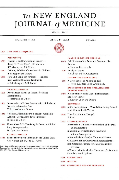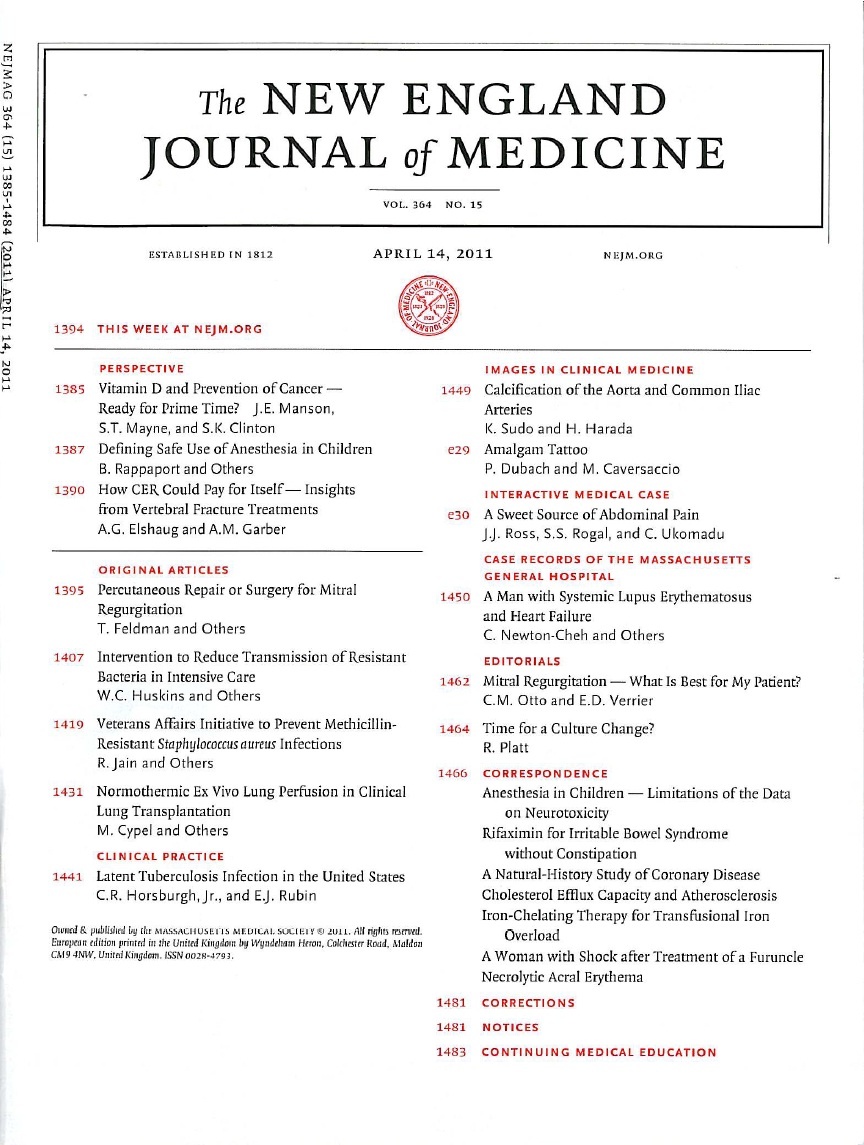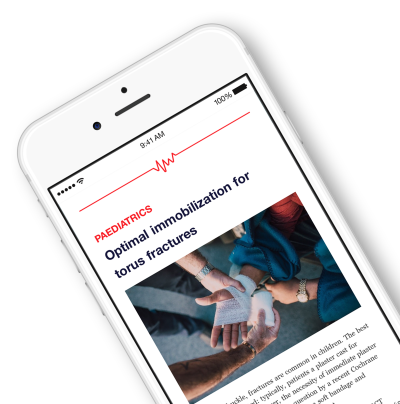
Meniscectomy vs physiotherapy: similar results for patients with meniscal tears & knee OA .
This report has been verified
by one or more authors of the
original publication.
This study has been identified as potentially high impact.
OE's AI-driven High Impact metric estimates the influence a paper is likely to have by integrating signals from both the journal in which it is published and the scientific content of the article itself.
Developed using state-of-the-art natural language processing, the OE High Impact model more accurately predicts a study's future citation performance than journal impact factor alone.
This enables earlier recognition of clinically meaningful research and helps readers focus on articles most likely to shape future practice.
Surgery versus physical therapy for a meniscal tear and osteoarthritis
N Engl J Med. 2013 May 2;368(18):1675-84. doi: 10.1056/NEJMoa1301408. Epub 2013 Mar 18Exclusive Author Interview
Dr. Jeff Katz discusses surgery versus physical therapy for meniscal tears in patients with OA
351 patients with a meniscus tear and knee osteoarthritis (OA) were randomized to either undergo arthroscopic partial meniscectomy (APM) followed by a physical therapy program or physical therapy alone, in order to compare clinical and functional outcomes. Following treatment over a 12 month period, all patients improved similarly in WOMAC physical-function score, KOOS pain score, and SF-36 physical-activity score.
Unlock the Full ACE Report
You have access to 4 more FREE articles this month.
Click below to unlock and view this ACE Reports
Unlock Now
Critical appraisals of the latest, high-impact randomized controlled trials and systematic reviews in orthopaedics
Access to OrthoEvidence podcast content, including collaborations with the Journal of Bone and Joint Surgery, interviews with internationally recognized surgeons, and roundtable discussions on orthopaedic news and topics
Subscription to The Pulse, a twice-weekly evidence-based newsletter designed to help you make better clinical decisions
Exclusive access to original content articles, including in-house systematic reviews, and articles on health research methods and hot orthopaedic topics

































































